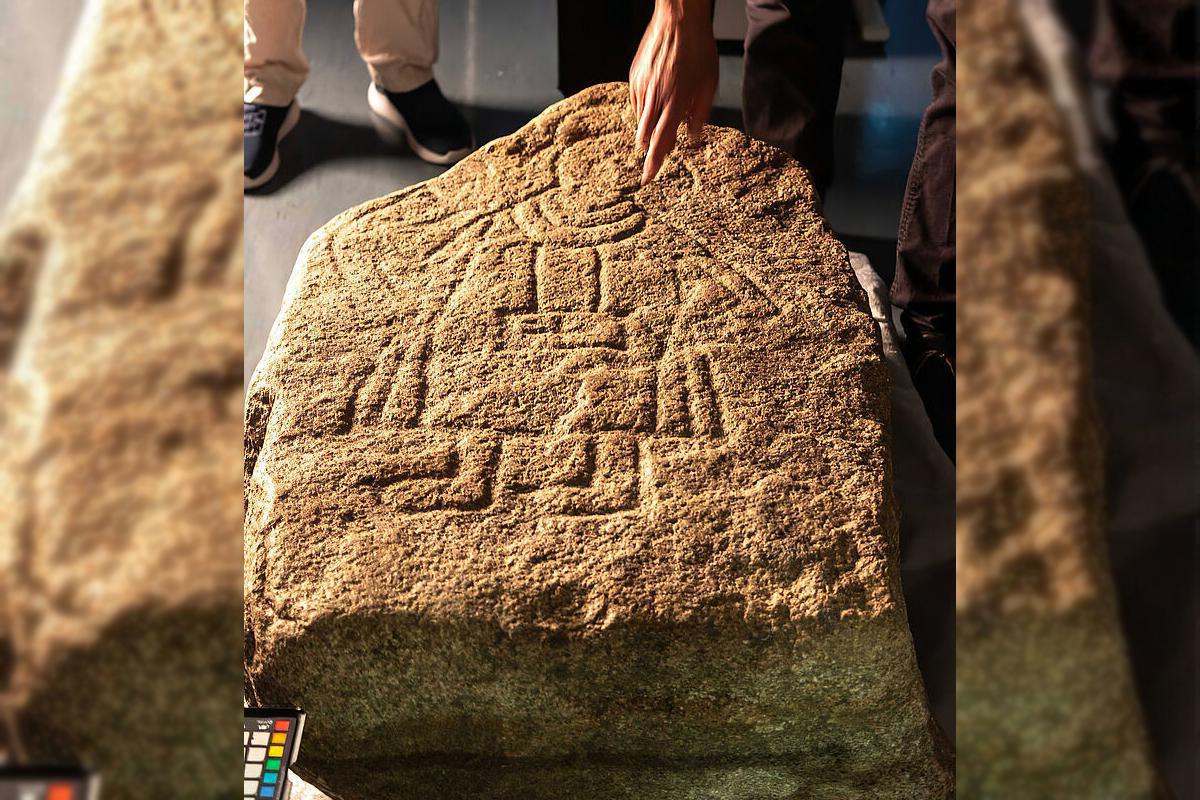Archaeologists have unearthed a rare picture stone during excavations in the village of Klotzow, located in Vorpommern-Greifswald district, Germany.
As the name implies, picture stones are raised upright boulders or rocks that have a carved depiction(s). They differ from runestones as they convey a message or function through images instead of runes, and are generally found at river crossings or alongside major historic highways and roads.
The practice of carving picture stones dates from around AD 400 during the Germanic Iron Age, with the tradition continuing until AD 1100.
According to experts, the example unearthed in Klotzow dates from the 12th century AD and has a pictorial representation of a figure, alongside religious iconography and symbols.
The researchers suggest that the figure is likely a Christian dignitary, or at least represents a person of high status who followed the Christian faith.
During this period, Otto of Bamberg, a German missionary and papal legate, converted much of medieval Pomerania to Christianity. This includes the lands to the west, where the present-day village of Klotzow is situated.
Only five comparable stones are known from the region, emphasising the importance of the Klotzow discovery.
Culture Minister, Bettina Martin, said: "With this exceptionally significant find, we can add another important piece to the mosaic of our country's history. Bishop Otto of Bamberg undertook his first missionary journey to Pomerania in 1124. The fact that a picture stone from this period has now been found exactly 900 years later is an extremely fortunate circumstance.”
Archaeologists have determined that the picture stone was discovered outside of its original context, which they hope to identify with further studies of the surrounding area.
Header Image Credit : Christian Moeller
Sources : Ministry of Science, Culture, Federal and European Affairs of Mecklenburg-Western Pomerania


